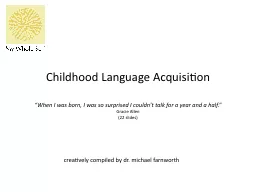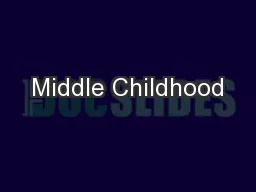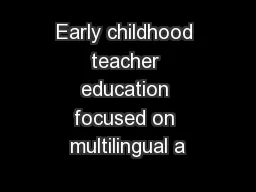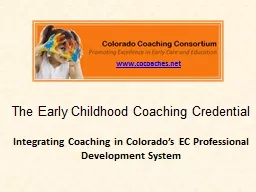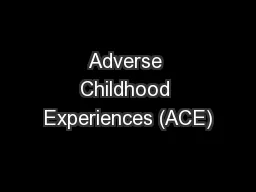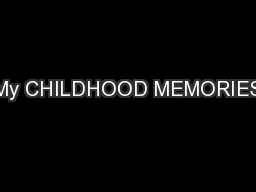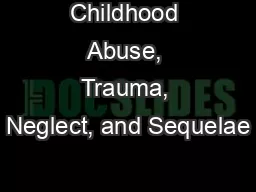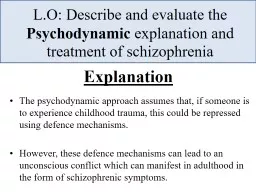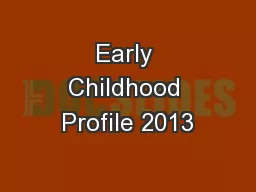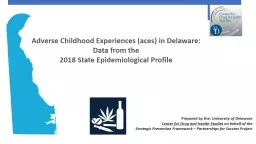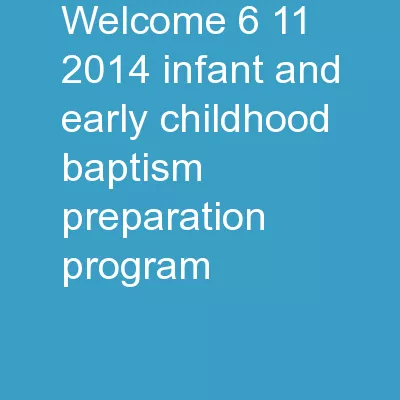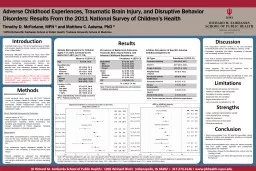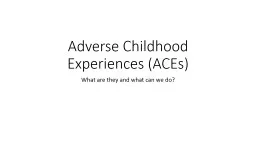PPT-Childhood Language
Author : liane-varnes | Published Date : 2016-06-19
Acquisition When I was born I was so surprised I couldnt talk for a year and a half Gracie Allen 22 slides creatively compiled by dr m ichael f arnworth What
Presentation Embed Code
Download Presentation
Download Presentation The PPT/PDF document "Childhood Language" is the property of its rightful owner. Permission is granted to download and print the materials on this website for personal, non-commercial use only, and to display it on your personal computer provided you do not modify the materials and that you retain all copyright notices contained in the materials. By downloading content from our website, you accept the terms of this agreement.
Childhood Language: Transcript
Download Rules Of Document
"Childhood Language"The content belongs to its owner. You may download and print it for personal use, without modification, and keep all copyright notices. By downloading, you agree to these terms.
Related Documents

